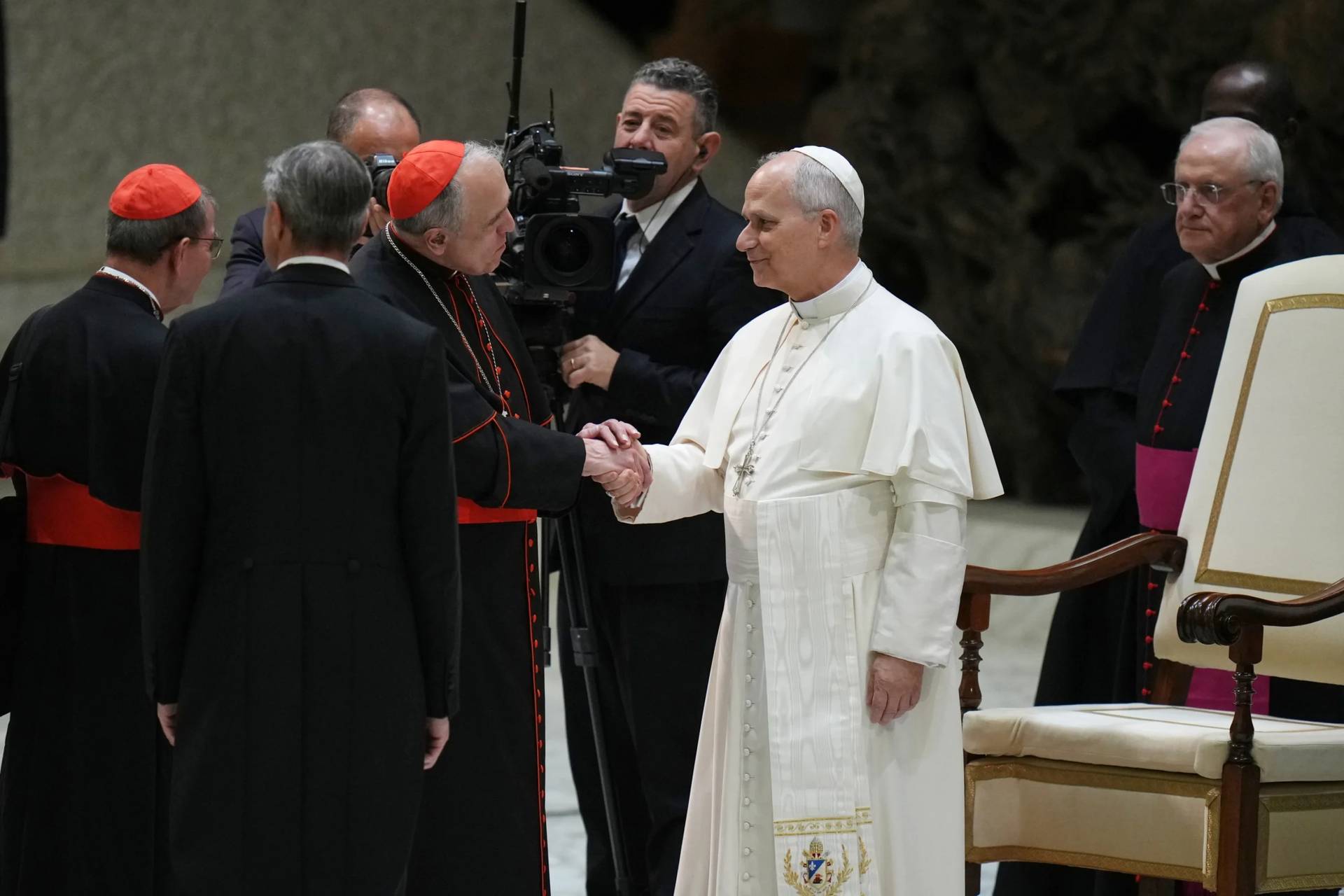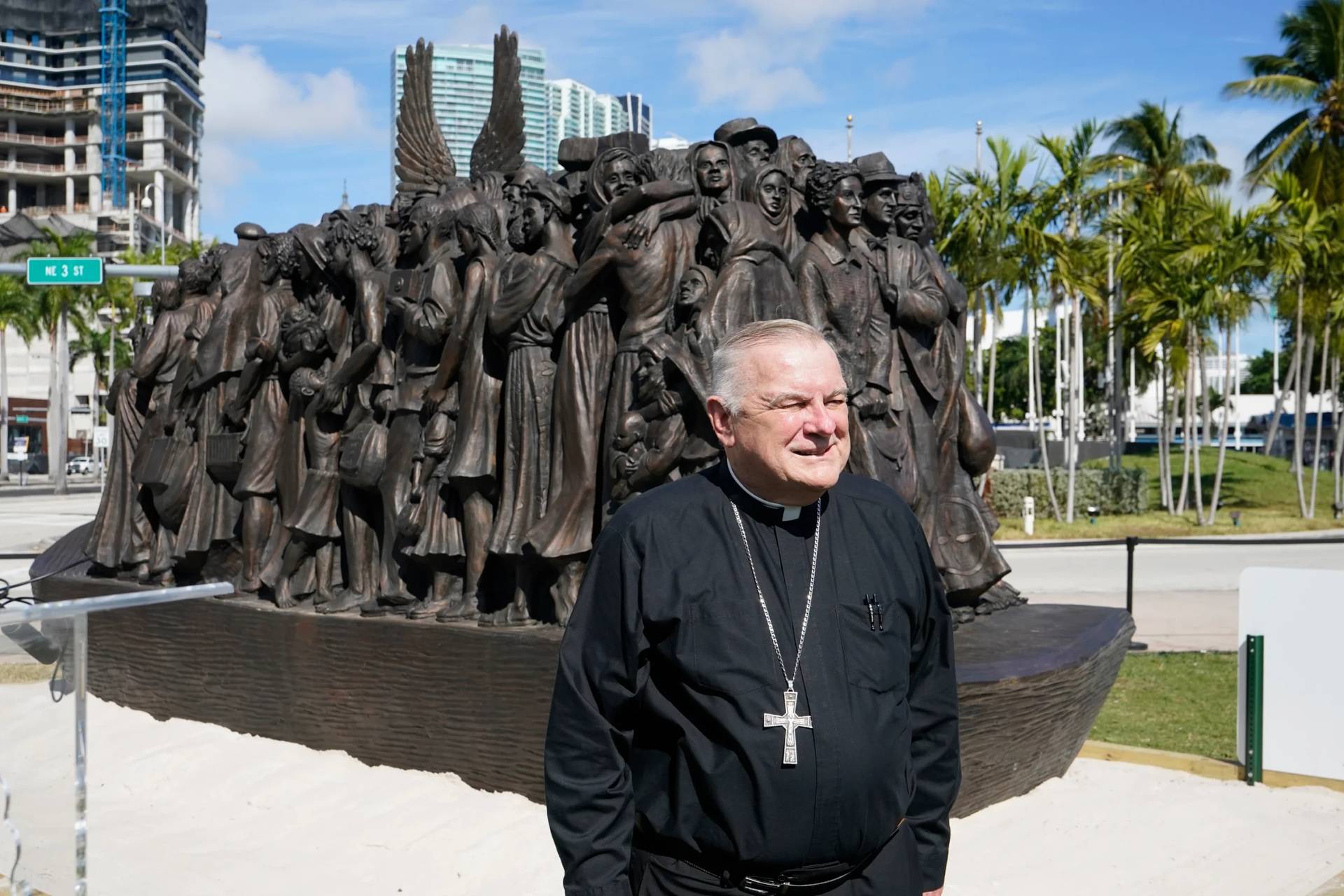NEW YORK — Everyday Father Dale Jamison holds a private Mass for three to five parishioners at the St. Mary Mission church in New Mexico, located on the Navajo Reservation.
The priest said that due to the COVID-19 pandemic, it’s the only in-person worship on the reservation – over 27,000 square miles spread over New Mexico, Arizona, and Utah — other than a drive through communion one afternoon a week.
“They come every single day (for the private Mass). They say, ‘Father, we need this. It’s really tough emotionally, spiritually and sacramentally. We need the Eucharist,’” Jamison told Crux.
Native Americans have been disproportionately affected by the pandemic since it began in March. Center for Disease Control data from mid-August shows Native Americans are 2.8 times more likely to contract the virus, 5.3 times more likely to be hospitalized from it, and 1.4 times more likely to die from it compared to the white population.
The latest CDC data shows Native Americans account for just under one percent (1,275) of the nearly 150,000 deaths for which race/ethnicity data was available, and just over one percent (53,114) of the nearly 4,750,000 cases for which race/ethnicity data was available.
Those are the lowest numbers of any race/ethnicity. However, Native Americans make up only 0.7 percent of the U.S. population.
There are a number of factors that make Native Americans more susceptible to COVID-19. They’re historically at a higher risk for diabetes and obesity. Many reservations also lack infrastructure and resources. Additionally, people often live in single room multigenerational homes that doesn’t allow for social distancing.
These are all factors Jamison said are at play on the Navajo Reservation, most of which is located in the Diocese of Gallup.
The problems existed before the pandemic and have only been exacerbated since, he said.
“My community here is crippled because of different things that are affecting them,” Jamison said. “Then their trailer or Hogan has twenty people inside of it. A few people have jobs in Gallup and come home, kids go to school. Then everybody comes home on the weekends crammed together.”
“The grandparents are in their seventies and eighties. The parents are in their fifties and sixties.”
The priest said the nearly nonexistent infrastructure on the reservation is the main problem facing the community. Other than the major highways, the roads are mostly dirt and gravel, and grocery stores are often not at a reasonable distance. And worryingly, there’s a lack of hospitals equipped to handle COVID-19.
A lot of the homes are in “terrible condition” because people are poor, Jamison added. And 35 percent have no running water.
The priest noted there’s a lack of electricity on the reservation and people heat with wood or coal. Right now, there’s a 9 p.m. – 5 a.m. curfew during the week and a 9 p.m. Friday – 5 a.m. Monday lockdown that makes it even harder for people to gather essential resources.
“It’s going to be a tough winter for the Navajo. They’re very limited in getting to the mountains to get wood because of the curfew. Everybody is going to limp through December, January and February,” Jamison said.
The pandemic has also created fear in the community.
He’s seen signs on driveways that read “no admittance” as a way of keeping people away.
“They’re afraid,” he said.
“There is limited contact with people right now and I think everybody is suffering. Depression, stress, emotionally it takes a big toll,” Jamison said. “It’ll be interesting when the pandemic is over. I don’t know how long it’ll take for people to feel comfortable to go back to something. We don’t know what the future will bring out here.”
Until the pandemic ends, and people feel comfortable enough to worship in person, the diocese will continue to provide virtual worship on Sunday.
Bishop James Wall of Gallup spoke about the struggles of the Navajo Reservation at the U.S. bishops’ conference meeting last week.
Speaking to Crux, he called on the church and those affiliated to not just help the Navajo and other tribes in his diocese, but Native Americans across the country.
“We have all these charitable arms of the church but because they don’t necessarily get the headlines they’re forgotten, but their needs are the greatest. The Native American people need to know they’re not forgotten,” Wall said.
Follow John Lavenburg on Twitter: @johnlavenburg














